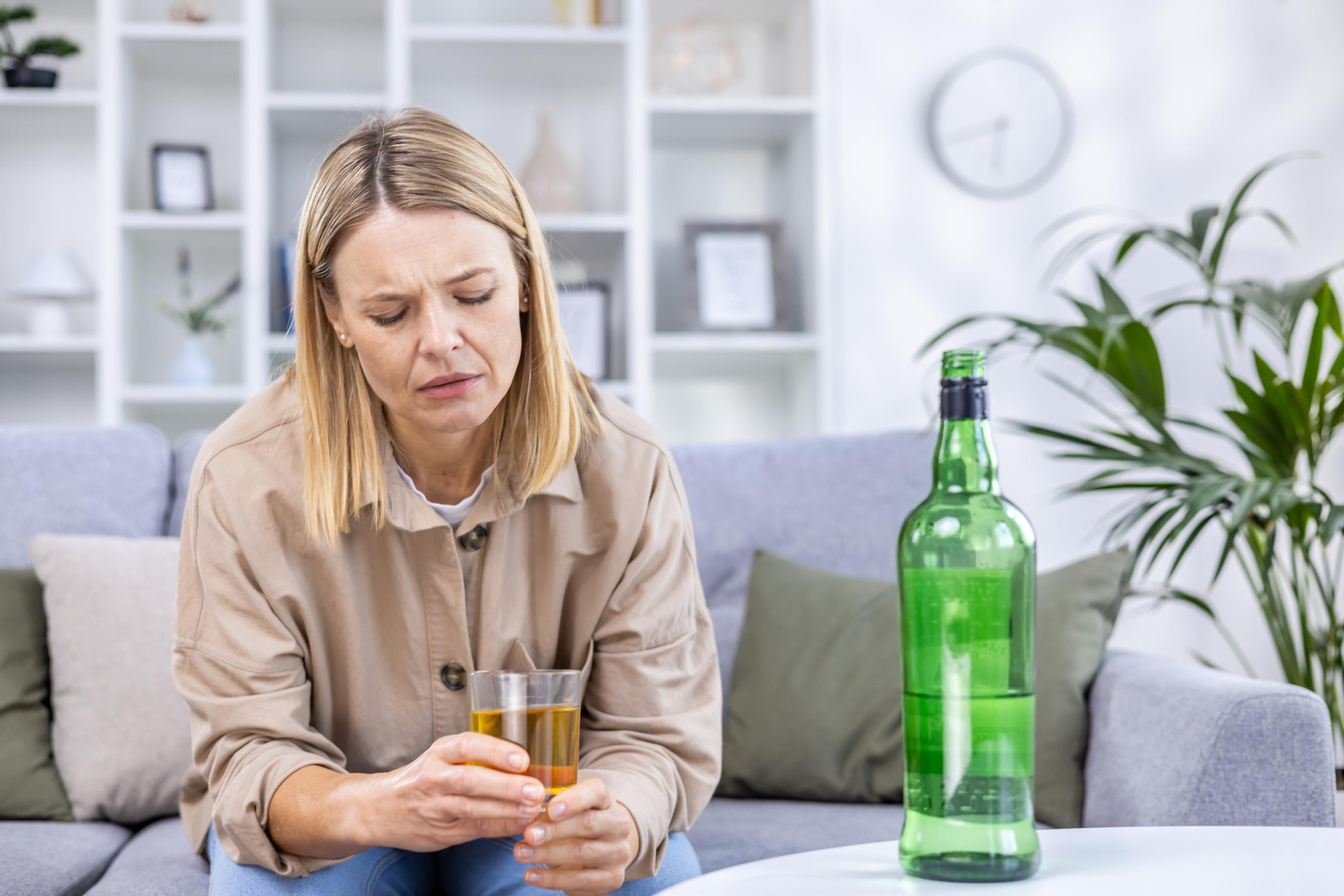What does SPF Mean?
Shandra Martinez
| 4 min read

Michigan is a state ringed by Great Lakes beaches that attract big crowds every summer and ski hills where snow-covered slopes and blue skies combine for a perfect day on powder. Our year-round outside adventures have one thing in common no matter what the season: the sun’s rays, whether we are getting some brilliant sunshine or a cloudy day. Even though we’ve grown up hearing about the importance of shielding ourselves from the sun’s damaging rays, a lot of us don’t understand the basics of SPF, or the sun protection factor. What does SPF really mean?
There’s actually lots of myths floating around in our conversations about SPF. Here are some of the big ones:
“You only really need to put on sunscreen once a day.”
“If it’s cloudy, you can’t really get a sunburn.”
“I’ve already got a base tan. My skin won’t burn.”
What does SPF mean?
The easiest way to understand what sun protection factor really means is that it’s how much of the sun’s UV radiation that’s needed to cause a sunburn on protected skin (using sunscreen or wearing special sun-shielding clothes) compared to the amount of UV radiation needed to trigger a sunburn on skin that is not protected. As the SPF value of the sunscreen or fabric increases, the level of protection from sunburn increases, according to the U.S. Food and Drug Administration (FDA), which regulates the effectiveness and safety of sunscreen products.
Because SPF is related to the amount of solar energy or UV radiation exposure – not just the length of time – it can mean different things depending on the time of day and angle of the sun. For instance, an hour’s worth of solar energy at 9 a.m. is equal to about 15 minutes of solar energy at 1 p.m., when the sun is more intense and high overhead.
For this reason, it takes less time for intense midday sun to cause a sunburn than it does for early morning or late evening conditions. It’s important to remember that here is little difference between SPF 30 and SPF 50 in terms of how long you can spend in the sun before getting sunburned. Both should be reapplied about every two hours when outdoors, even on cloudy days. Using a sunscreen with a SPF of at least 30 blocks about 97% of the sun’s UVB rays. A higher-number SPFs block slightly more of the sun’s UVB rays, but no sunscreen can block 100% of the sun’s UVB rays, according to the American Academy of Dermatology Association.
SPF and cancer
Skin cancer is the most common kind of cancer diagnosed in the United States, with an estimated one in five people slated to develop this type of cancer in their lifetime. Research shows that wearing sunscreen with an SPF will help protect you not only from sunburn and some types of cancer, but also from premature skin aging effects like wrinkles, fine lines and discolored spots caused by sun overexposure.
Sun safety. Here are more sun safety tips from the FDA:
- Use a broad spectrum sunscreen with an SPF value of 15 or higher.
- Reapply your sunscreen at least every two hours. Reapply more often if you’re in and out of water, swimming or sweating.
- Wear clothing to cover exposed skin. This includes sunglasses, hats with broad brims to shade your face and ears, pants and long-sleeved shirts.
- Limit your hours in the sun when the rays are most intense. This generally means between 10 a.m. and 2 p.m.
- Apply sunscreen at least 15 minutes before you go outside so it can offer maximum protection.
- When at the beach or outside, store your sunscreen containers in your cooler or wrapped in a towel or stored away in a bag. They should not be exposed to direct sunlight.
Check with your pediatrician about sunscreen guidelines for infants and small children. The FDA does not recommend using sunscreens on infants younger than 6 months old, as the product could cause a rash. Infants should be kept out of the sun, especially between the hours of 10 a.m. and 2 p.m. and wear protective clothing whenever they are in the sun.
Related:
Photo credit: Getty Images





